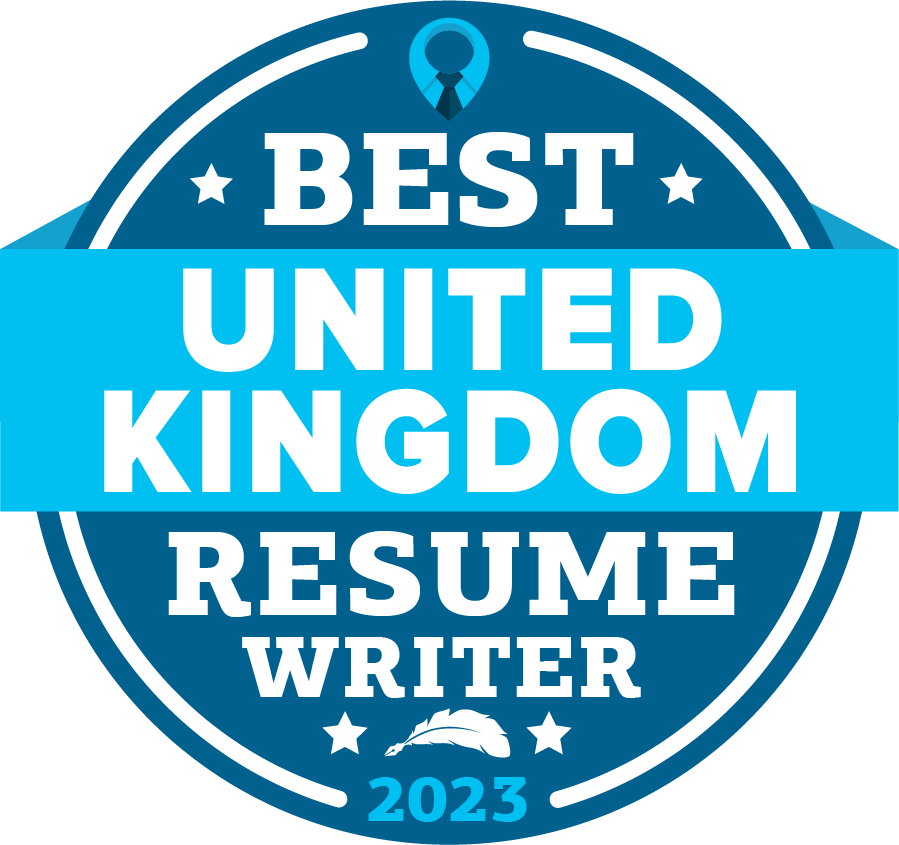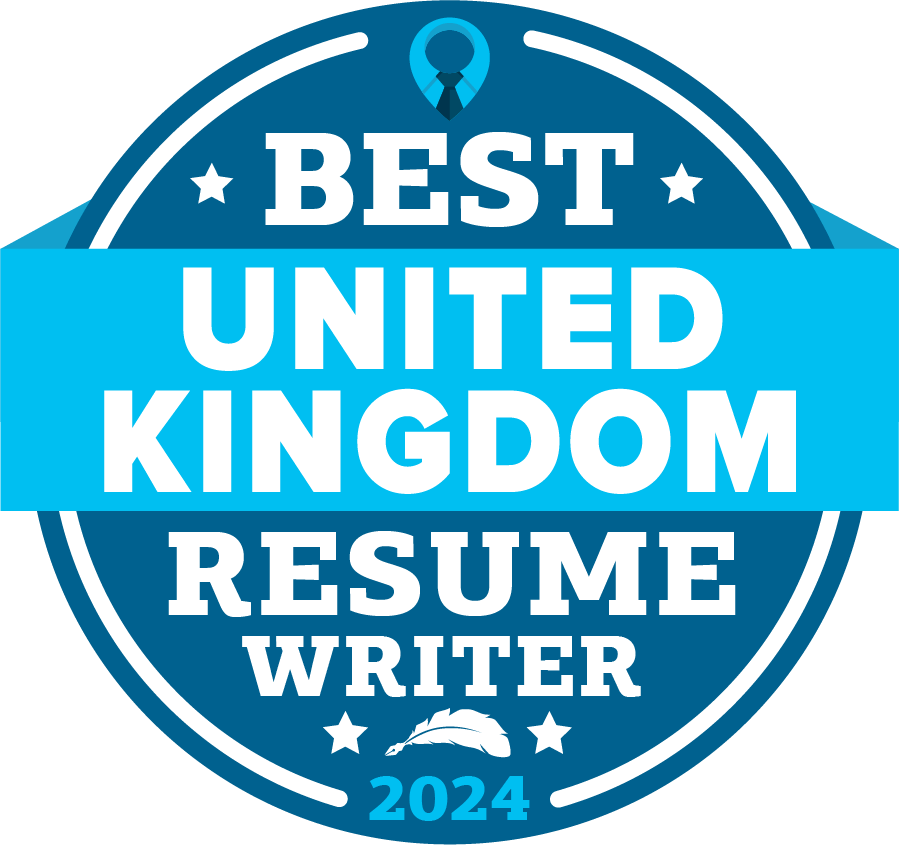Hi Jerry, I can’t thank you enough, since we last met Jan 2015, I have now moved to a role in Dubai and my salary went up from £35K to £90K. When I come back to London I will bring you that bottle of champagne that I promised, I’m really happy we met, you are a pleasure to work with.
-George, Senior AML & KYC Manager,
Dubai & London
Read More



















